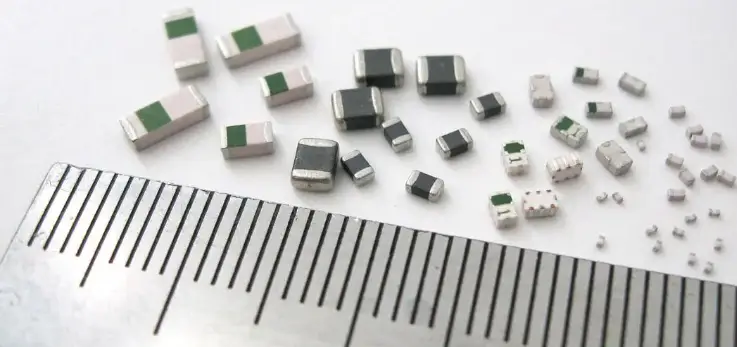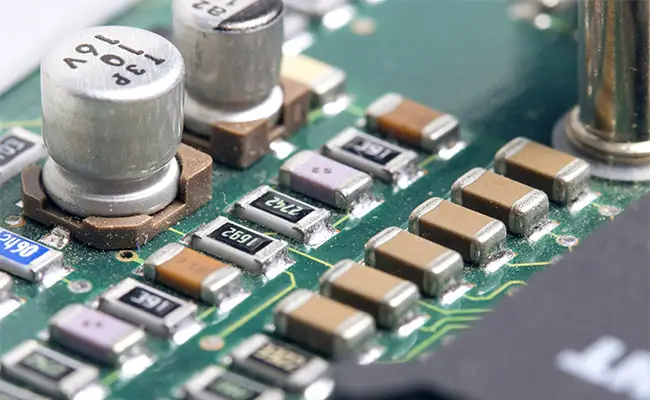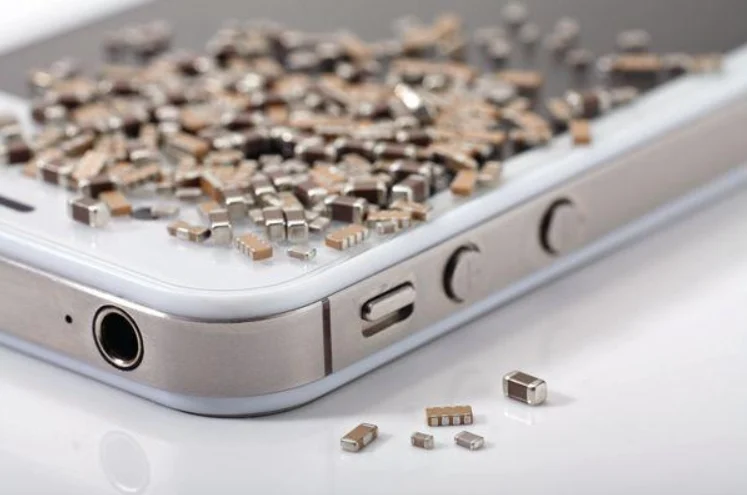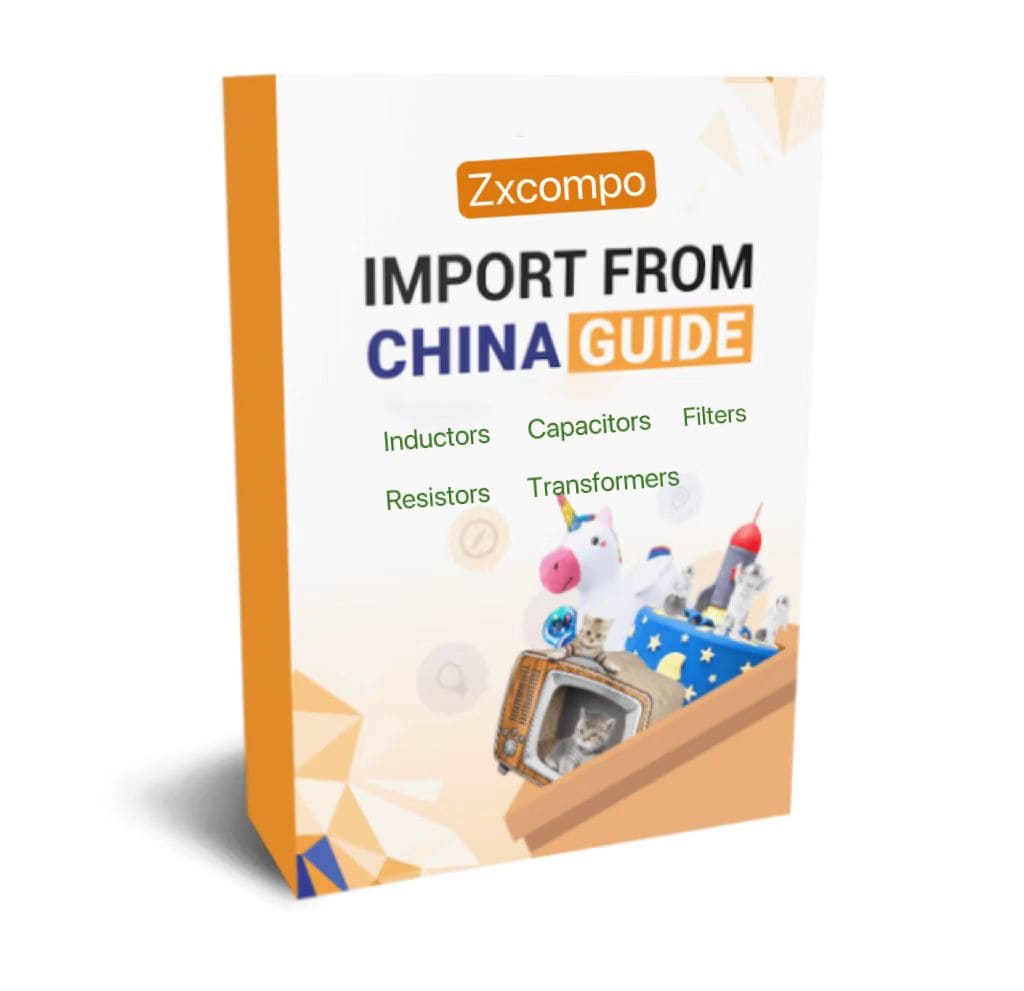Dive into the future of electronics with our comprehensive guide on multilayer ceramic capacitors. Discover their benefits, applications, and why they’re revolutionizing the industry.
I. Introduction
Multilayer ceramic capacitors (MLCCs) are a type of capacitor that is used in a wide variety of electronics. They are small, have a long life span, and can handle high frequencies and temperatures. In this blog post, I will explore what MLCCs are, how they work, and why they are so important in the electronics industry.

II. Understanding Multilayer Ceramic Capacitors
A multilayer ceramic capacitor is a type of capacitor that uses ceramic material as the dielectric and multiple layers of metal as the electrodes. The layers are stacked together, and the result is a compact, high-capacity capacitor. The difference between a multilayer ceramic capacitor and a single layer ceramic capacitor lies in the number of layers. A single layer ceramic capacitor has one layer of ceramic material, while a multilayer ceramic capacitor has multiple layers.
III. Applications of Multilayer Ceramic Capacitors
MLCCs are used in a wide range of applications. They are found in everything from consumer electronics like televisions and smartphones to industrial machinery and automotive electronics. They are also used in power supply circuits, signal circuits, and many other electronic devices.
IV. Choosing the Right Multilayer Ceramic Capacitor
When choosing a multilayer ceramic capacitor, there are several factors to consider. These include the capacitance value, the voltage rating, the temperature coefficient, and the physical size of the capacitor. The markings on a multilayer ceramic capacitor can provide information about these characteristics.
1. Capacitance Value
This is one of the most important factors to consider. The capacitance value, measured in Farads (F), indicates the amount of energy the capacitor can store. The right capacitance value depends on the specific requirements of your circuit. Too high or too low capacitance can affect the performance of your device.
2. Voltage Rating
The voltage rating of a capacitor is the maximum amount of voltage that a capacitor can safely handle. Exceeding this limit can cause the capacitor to fail or even damage the entire circuit. Therefore, it’s crucial to choose a capacitor with a voltage rating that suits your circuit’s voltage.
3. Temperature Coefficient
The temperature coefficient is a measure of how much the capacitance value changes with temperature. Some capacitors perform better at certain temperatures than others. Depending on the environment where your device will be used, you may need a capacitor with a specific temperature coefficient.
4. Physical Size
The size of the capacitor can also be a deciding factor, especially in compact devices where space is limited. However, it’s important to note that a smaller size may come with a trade-off in terms of capacitance value or voltage rating.
5. Reading the Markings
The markings on a multilayer ceramic capacitor provide valuable information about its characteristics. These may include the manufacturer’s name, the capacitance value, the voltage rating, and sometimes the temperature coefficient. Understanding these markings can help you choose the right capacitor for your needs.
Remember, the right multilayer ceramic capacitor for your project depends on your specific requirements. It’s always a good idea to consult with an electronics professional or do thorough research before making a decision.
V. Advantages of Multilayer Ceramic Capacitors
There are many advantages to using multilayer ceramic capacitors. They are small and lightweight, making them ideal for use in compact electronic devices. They also have excellent frequency characteristics and a high capacitance per unit volume. Additionally, they have a long life span and can handle high temperatures, making them reliable and durable.
VI. Testing Multilayer Ceramic Capacitors
Testing a multilayer ceramic capacitor is important to ensure its proper functioning. This can be done using a multimeter, which can measure the capacitance value of the capacitor. Regular testing and maintenance can help to prolong the life of the capacitor and prevent any potential issues.

VII. Factors Affecting the Performance of Multilayer Ceramic Capacitors
Several factors can affect the performance of a multilayer ceramic capacitor. These include the quality of the ceramic material used, the number of layers in the capacitor, and the thickness of the dielectric layer. By optimizing these factors, it is possible to improve the performance of the capacitor.。
1. Quality of the Ceramic Material
The ceramic material used in a multilayer ceramic capacitor plays a crucial role in its performance. High-quality ceramic materials can provide better insulation, ensuring that the capacitor can store more charge. The type of ceramic material used can also affect the capacitor’s temperature stability and voltage rating. For instance, Class 1 ceramic materials, such as NP0 or C0G, offer excellent temperature stability but have lower capacitance values. On the other hand, Class 2 ceramic materials, like X7R and Y5V, offer higher capacitance values but have less temperature stability. Therefore, choosing the right ceramic material based on your specific needs is essential.
2. Number of Layers
The number of layers in a multilayer ceramic capacitor directly impacts its capacitance value. More layers mean more surface area for storing charge, resulting in a higher capacitance value. However, adding more layers also increases the complexity of the manufacturing process and can affect the capacitor’s physical size and cost. Therefore, it’s a balancing act between achieving the desired capacitance value and managing the size and cost of the capacitor.
3.Thickness of the Dielectric Layer
The thickness of the dielectric layer in a multilayer ceramic capacitor also affects its performance. A thinner dielectric layer can allow for more layers within the same physical space, increasing the capacitance value. However, if the dielectric layer is too thin, it can lead to a lower breakdown voltage, meaning the capacitor can fail at a lower voltage. Therefore, the thickness of the dielectric layer needs to be carefully controlled to ensure the capacitor can handle the required voltage while providing the necessary capacitance.
4. Manufacturing Process
The manufacturing process of a multilayer ceramic capacitor can also affect its performance. This includes the purity of the ceramic material, the precision of the layering process, and the quality of the end terminations. Any defects or impurities in the ceramic material can lead to a decrease in performance or even failure of the capacitor. Similarly, if the layers are not precisely aligned, it can affect the capacitance value and reliability of the capacitor.
5. Operating Conditions
The performance of a multilayer ceramic capacitor can also be affected by its operating conditions. This includes the operating temperature, the applied voltage, and the frequency of the electrical signal. For instance, operating the capacitor beyond its rated temperature or voltage can lead to a decrease in performance or even failure. Similarly, the performance of the capacitor can vary with the frequency of the electrical signal, with some capacitors performing better at certain frequencies.
By understanding and optimizing these factors, it is possible to improve the performance of a multilayer ceramic capacitor. However, it’s important to note that there is no one-size-fits-all solution. The optimal configuration depends on the specific requirements of your application. Therefore, it’s always a good idea to consult with an electronics professional or do thorough research before making a decision.
VIII. Buying Multilayer Ceramic Capacitors
There are many places where you can buy multilayer ceramic capacitors. These include electronics stores, online retailers, and direct from manufacturers. When choosing a supplier, it’s important to consider factors such as price, quality, and customer service.
ZXcompo is a manufacturing company specializing in custom inductors, capacitors, resistors, and more. Find high-quality passive electronic components for your projects. If you have product needs and inquiries. Please contact us now: sales@ZXcompo.com
IX. Conclusion
Multilayer ceramic capacitors are a crucial component in many electronic devices. Their compact size, high capacity, and durability make them an excellent choice for a wide range of applications. As technology continues to advance, the importance of MLCCs in the electronics industry is only set to increase.






